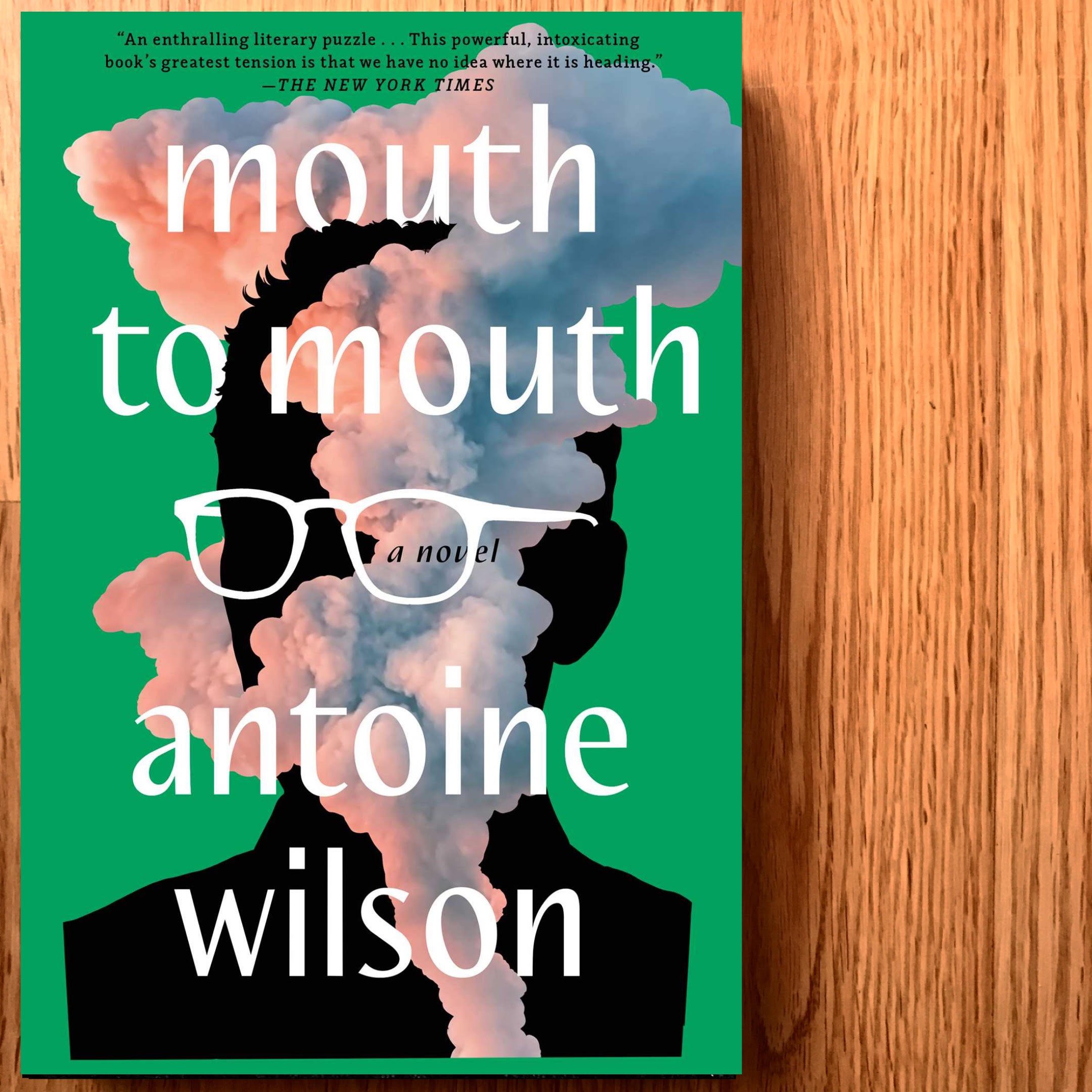By Fayth Simmons
Mouth to Mouth could be described as a story within a story as the main narrative occurs via ruminative storytelling. At the onset of the novel, the main character is assumed to be the man first introduced, who has just gotten off a red-eye flight from Los Angeles and is waiting for his connecting flight to Berlin. The reader is given a slight history on this character, for the sake of context, but his role becomes less dominating and much more observatory as the plot progresses, and he is not given a name. The real protagonist is introduced as Jeff, an old college acquaintance of the nameless man, and someone he remembers having admiration for. Meeting at JFK airport, the two men recognize each other, and Jeff invites his old peer to join him in the first-class lounge to reconnect as they both wait for their shared flight to arrive, which has been delayed. Once settled and after a brief catch-up, Jeff begins to tell a somewhat surreal story: an explanation of the timeline of his young adult life, which hinges and centralizes around one major event.
Shortly after finishing college, Jeff finds himself housesitting at a residence near the water. When jogging along the beach one morning, he notices a swimmer, obviously struggling to stay afloat. He is confronted equally with the glaring reality of the situation and his aloneness on the beach. Weighing his options, he decides to jump in after this person and pull them to shore, where he resuscitates them (hence the title, Mouth to Mouth). This person turns out to be a man named Francis Arsenault, a notary figure in the art world, and after saving his life, Jeff cannot seem to help but feel some connection to him. Chasing this feeling, even years after the event, Jeff tracks Francis down to the location of his art gallery in Beverly Hills, seemingly seeking validation for his actions—or closure. The rest of the story follows Jeff as his life becomes ever more entwined with Francis’ up until the notable ending.
Antoine’s novel follows a conversational pattern—the reader is always aware, however intriguing Jeff’s narration is, that he is speaking to another person, and that they are still set within the airport. The plot of what is realized to essentially be Jeff’s life story is compelling and significant in its consideration of a person’s relationship to fate. It initiates a debate over whether an individual’s role in steering such a thing as fate might be active or passive, and how this possible choice may result in differing outcomes. The novel is well-written and direct in its delivery style, though not especially emotional, and successfully keeps the reader engaged. That being said, though it poses some deeper, more philosophical lines of questioning, the language is not overly lyrical. Instead, the author has delivered a solid, clear, and uninterrupted narrative that aids in objectively illustrating the nature of the characters and the conflict within.
Blurring the lines between thriller and mystery, Mouth to Mouth serves as an entertaining and thoughtfully written work of fiction, interspersed with themes of morality. It requires fairly little of the reader—the reader holding a similar role to that of the unnamed man as he sits and listens to Jeff tell his story, every so often adding in a question. Ultimately, this novel is representative of a series of events which have culminated to form a single character—as Jeff relates his past experiences to another person, it is as if he is finally able to see and understand them for himself. This notion could also allow for the reader to connect more fully with the narrative, meditating upon the main themes of humanism, identity, and the manipulation (or lack thereof) of fate.
Thank you to Simon & Schuster for the complimentary copy in exchange for an honest review.

